Monthly Archives: March 2021
Lightning trade Volkov to Ducks for prospect, pick
The Tampa Bay Lightning traded forward Alexander Volkov to the Anaheim Ducks for a conditional 2023 seventh-round pick and prospect Antoine Morand, the team announced Wednesday.
Lightning GM Julien BriseBois chalked up the deal as a cap dump.
"With more cap space, I would have liked to hold on to Alex but considering how tight we are against the salary cap, and with Mitch Stephens coming back in the not too distant future, something had to give," BriseBois said, according to Sportsnet's Elliotte Friedman.
Volkov, 23, has collected three goals and three assists in 28 career regular-season NHL games. The Bolts picked him in the second round of the 2017 draft.
The 6-foot-1 winger is in the last year of a contract carrying the league-minimum $700,000 cap hit. He'll be a restricted free agent with arbitration rights at season's end, according to CapFriendly.
Morand, 22, was also a second-round pick in 2017 by the Ducks. The forward has recorded no goals and five assists in 20 games this year with the AHL's San Diego Gulls.
If Anaheim's 2023 seventh-round pick is unavailable due to conditions of a previous trade, the Lightning will receive the Ducks' 2024 seventh-rounder.
Copyright © 2021 Score Media Ventures Inc. All rights reserved. Certain content reproduced under license.
Penguins hand Sabres franchise-worst 15th straight loss
The Buffalo Sabres lost a franchise-worst 15th straight game Wednesday after falling 5-2 to the Pittsburgh Penguins.
The Sabres surrendered the first two goals of the contest before Rasmus Dahlin cut the lead to one in the first period. The Penguins controlled the game from there, scoring three more times and outshooting Buffalo 42-28.
With an 0-13-2 record in their past 15 games, the Sabres now hold the longest winless skid since the shootout was introduced in 2005-06, according to The Atheltic's John Vogl.
The longest losing streak in NHL history is 17 games, which occurred three different times - Washington Capitals in the 1974-75 season and San Jose Sharks twice during the 1992-93 campaign.
With their starting goaltender Linus Ullmark sidelined for the entire losing streak due to an injury, the Sabres have been outscored 63-25 over the 15-game span.
Buffalo's last win came against the New Jersey Devils on Feb. 23.
Copyright © 2021 Score Media Ventures Inc. All rights reserved. Certain content reproduced under license.
Pushing Referee Peel Out The Door Was an Easy PR Move By The NHL
It’s time for every league to lift the veil shrouding officials
Tim Peel became Twitter's main character Tuesday night when he inadvertently opened the curtain to what NHL referees think and act upon in games. The league was swift in its punishment of Peel but left unaddressed the larger disgruntlement fans have with officiating.
There has always been a disconnect between what the paying customers see and the seemingly inexplicable events that are triggered by game officials on the court/field/ice.
During the Red Wings-Predators game, a hot mic appeared to catch Peel saying that makeup calls and "evening things out" do exist in the NHL. The league banished Peel for the final few weeks of the regular season, though the 53-year-old was scheduled to retire anyway.
But Tim Peel's dismissal is not just an NHL story. It ought to be a reminder to all leagues that accountability from the participants in major professional sports doesn't stop with teams and the players. Leagues have rules about making players available to the media but fail to hold themselves and their game officials to the same standard.
The NBA is the most progressive with its last two-minute reports and the decision to keep the bubble addition of courtside microphones for referees to explain which elements of a play they are reviewing. Leagues otherwise make officials available for postgame interviews only in rare circumstances.
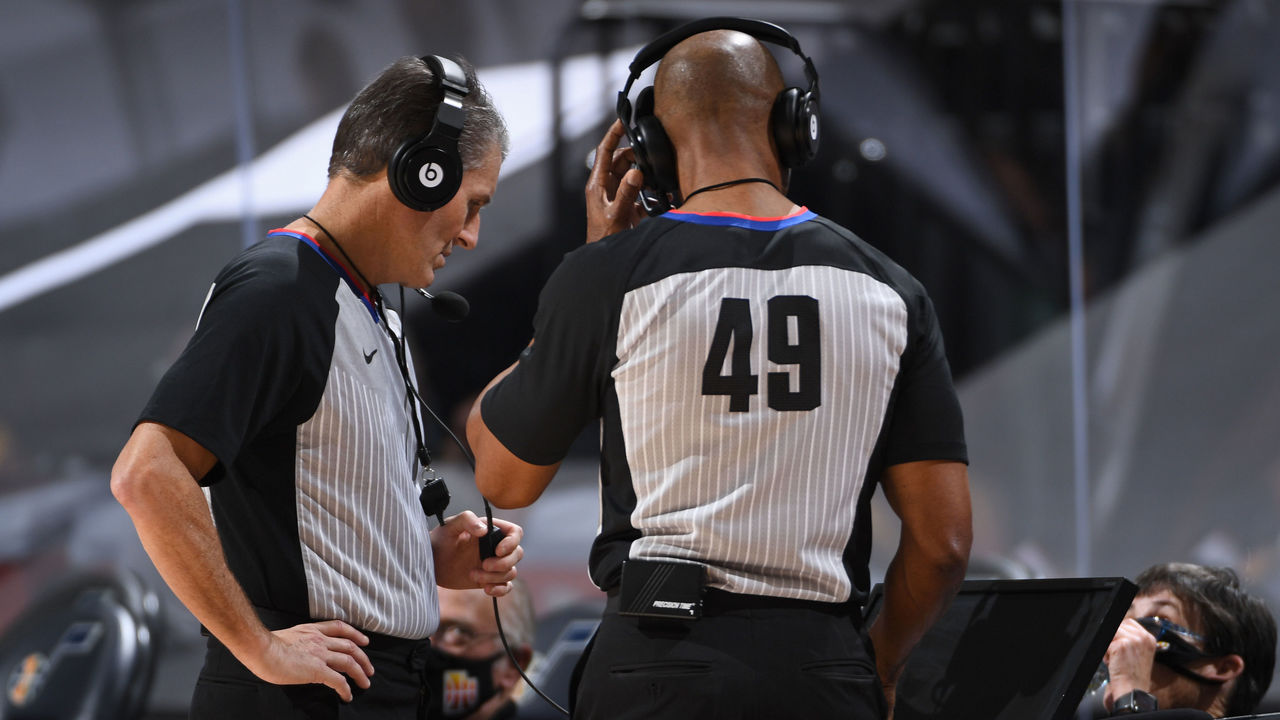
Leagues have always placed a cloak of secrecy around their game officials and the way they're managed. And anything that is shielded from the public (via their agents in the media) can go off the rails.
The public generally believes that game officials put their thumb on the scale in the name of "fairness," such as makeup calls to cover over a previous bad call. The public also generally believes that established players are treated more favorably than rookies and stars in many sports can get away with just about anything.
Offensive holding calls noticeably dropped in the NFL in 2020 - only 477 were called in regular- and postseason games versus 732 in 2019. The difference represented nearly 2,500 fewer yards lost. The league briefly addressed the trend after Week 1, with Walt Anderson, the senior vice president of officiating training and development, telling NFL.com that officials were instructed to only call "clear and obvious" penalties.
The transparency is fine, but it doesn't explain why holding penalties specifically dropped 35% when penalties overall dropped only 16%.
If the NFL wants to goose offensive production, it should just say so. Otherwise, fans are left to draw their own conclusions.
You can easily point to your own example in any sport. Baseball umpires, for example, made up their own strike zones for years. In the '90s, umpires' strike zones became so distorted that we eventually reached Game 5 of the 1997 National League Championship Series. Marlins starter Livan Hernandez famously struck out 15 Braves. Umpire Eric Gregg's strike zone was so wide that hitters had no choice but to try to swing and foul off unhittable pitches off the plate.
Joe Brinkman's strike zone in Game 6 of the 1995 World Series was similarly bloated. This is not to denigrate those two umpires. But the strike zone was more art than science in the 1990s and people knew it.
Through much of the 1970s, National League umpires wore chest protectors inside their shirts while the American League maintained the practice of using the balloon protectors held in front of them. The leagues operated separately back then, with their own presidents and league offices and umpiring crews. It all gave rise to the public perception that NL umps could properly call strikes at the knees, while encumbered AL umps had a high strike zone.
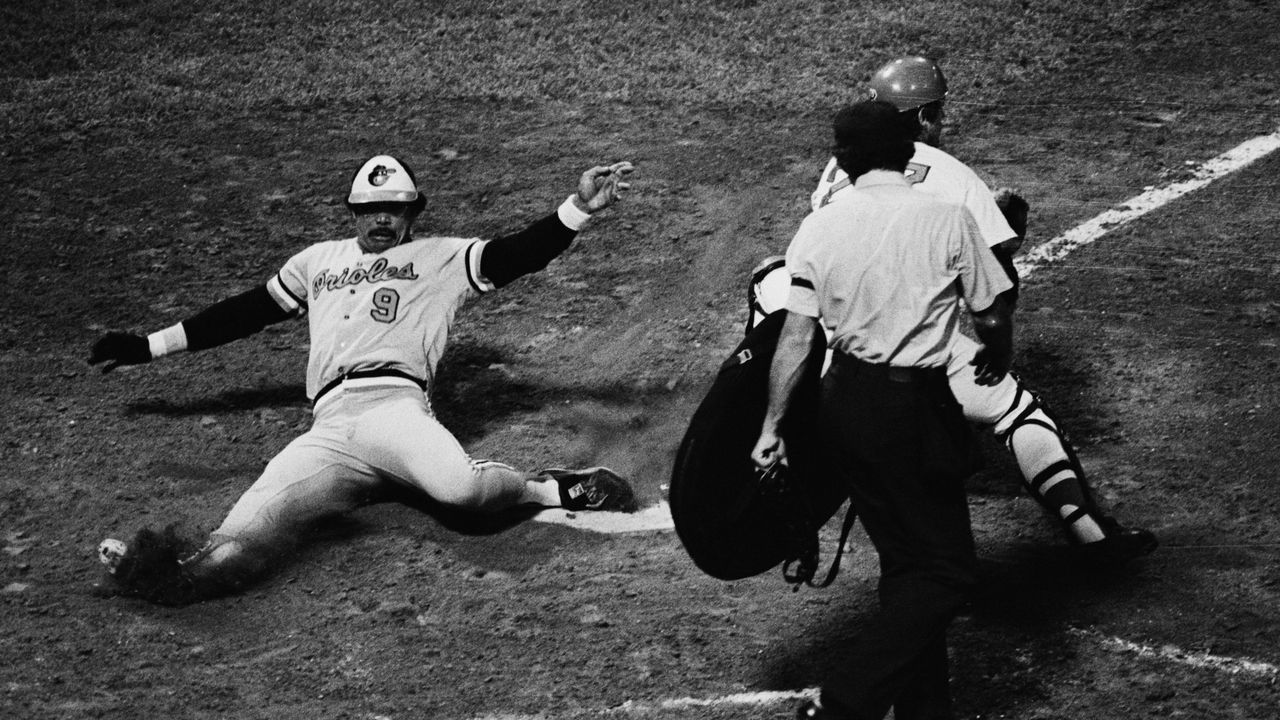
There are any number of ways to erode the public's confidence in the outcome through inconsistent officiating.
Calling the strike zone has gotten better in the data age, partly because broadcasts now show the location of pitches during every at-bat. Holding umpires accountable resulted in a more consistent product.
All of this is not to say that game officials need to be scrutinized by reporters after every game. But leagues can bolster public confidence in the games. Game officials should be as accountable to the public as any other participant in the game. And when their bosses judge that their work falls short of the standard, the public deserves to know what punishments have been meted out.
As North American jurisdictions decriminalize sports betting, confidence in the product becomes paramount. Leagues have decided they want to profit from betting. In return, they need to continue to lift the veil draped over their game officials.
Guy Spurrier is theScore's features editor.
Copyright © 2021 Score Media Ventures Inc. All rights reserved. Certain content reproduced under license.
Shesterkin will start Thursday vs. Flyers after 10-game absence
Igor Shesterkin is ready to return to the crease.
The New York Rangers netminder will start against the Philadelphia Flyers on Thursday after missing the club's previous 10 games with a mild groin strain, the team announced Wednesday.
Shesterkin, 25, suffered the injury on March 4 against the New Jersey Devils when he slid across the net to make a save. He remained down for several moments and needed to be helped off the ice.
The Russian puck-stopper has collected six wins and owns a .921 save percentage and a 2.31 goals-against average over 15 appearances this season.
New York went 5-4-1 with Shesterkin out of the lineup, with backups Alexandar Georgiev and Keith Kinkaid combining for a subpar .890 save percentage over that span.
The Rangers own a 14-13-4 record and sit sixth in the East Division entering Wednesday's action.
Copyright © 2021 Score Media Ventures Inc. All rights reserved. Certain content reproduced under license.
Leafs’ Andersen out at least a week with lower-body injury
Toronto Maple Leafs goaltender Frederik Andersen will be out at least one more week as he recovers from a lower-body injury, head coach Sheldon Keefe told TSN's Mark Masters on Wednesday.
Andersen played Friday versus the Calgary Flames but didn't dress Saturday due to the ailment. Jack Campbell will assume the starter's role, with Michael Hutchinson serving as his backup.
The Maple Leafs play four games over the next seven days without any back-to-backs, so it's likely Campbell gets the nod in each contest. He's battled injury this season, as well, but is 4-0 in 2021 with two shutouts and a .965 save percentage.
Andersen's managed a 13-8-2 record this season but owns a save percentage of .897. He's won only one of his six latest appearances, with a .862 clip over that span.
Copyright © 2021 Score Media Ventures Inc. All rights reserved. Certain content reproduced under license.
NHL ProteauType: Wild Are Turning Corner, But Still Not Stanley Cup Contenders
Duchene: Peel was telling Preds’ Forsberg about targeted call
Warning: Story contains coarse language
Matt Duchene said former NHL referee Tim Peel was speaking to Nashville Predators winger Filip Forsberg when he admitted to targeting the club for a penalty during Tuesday's 2-0 win over the Detroit Red Wings.
"The crazy part is, he was talking to Filip Forsberg in that clip," Duchene said Wednesday on ESPN 102.5 The Game. "He told our bench that, so I mean (it was) really bizarre and I just think that can't happen."
"Imagine the scenario where they score on that power play, we lose the game, and we miss the playoffs by one point," Duchene added.
The incident occurred during the second period of Tuesday's clash when Peel whistled Predators forward Viktor Arvidsson for tripping.
"It wasn't much, but I wanted to get a fucking penalty against Nashville early in the ... " Peel said before a TV timeout.
The league fired Peel - who was set to retire after this season - on Wednesday morning.
Duchene expressed his frustration with the possibility that some officials target clubs for penalties to keep the calls balanced throughout the game.
"I don't think there's a place in hockey for that," he said. "You have to call the game. ... I've always been frustrated when I've seen even-up calls or stuff like that. If one team is earning power plays, you can't punish them because the other team is not."
Peel was an on-ice official since 1999. He refereed over 1,300 NHL regular-season contests and 90 playoff games.
Copyright © 2021 Score Media Ventures Inc. All rights reserved. Certain content reproduced under license.
How Tim Ohashi and his video savvy fit the Kraken’s budding culture
Tim Ohashi is quick to admit he was a mediocre hockey player despite appearing in 10 games for Bates College in the late 2000s.
In fact, the plodding defenseman concluded early in his stay at the school he was actually most valuable as an unofficial assistant coach/team manager. So after recording one collegiate point - a goal - he transitioned from being in the thick of the action to being adjacent to it.
"It sounds more impressive when you learn it was a game-winning goal. It sounds less impressive when you learn it was the third goal in an 18-2 victory," Ohashi joked during a recent interview with theScore.
A decade removed from graduating from Bates with this modicum of hockey operations experience, Ohashi is now the head video analyst for the Seattle Kraken. The 32-year-old has been spearheading all of the expansion franchise's video-related efforts in the lead-up to its 2021-22 season debut while also liaising between various arms of GM Ron Francis' ever-growing hockey ops department.
Here's how Ohashi made his way to Seattle, what his jack-of-all-trades role with the Kraken entails, and what his rise reveals about the modern NHL.
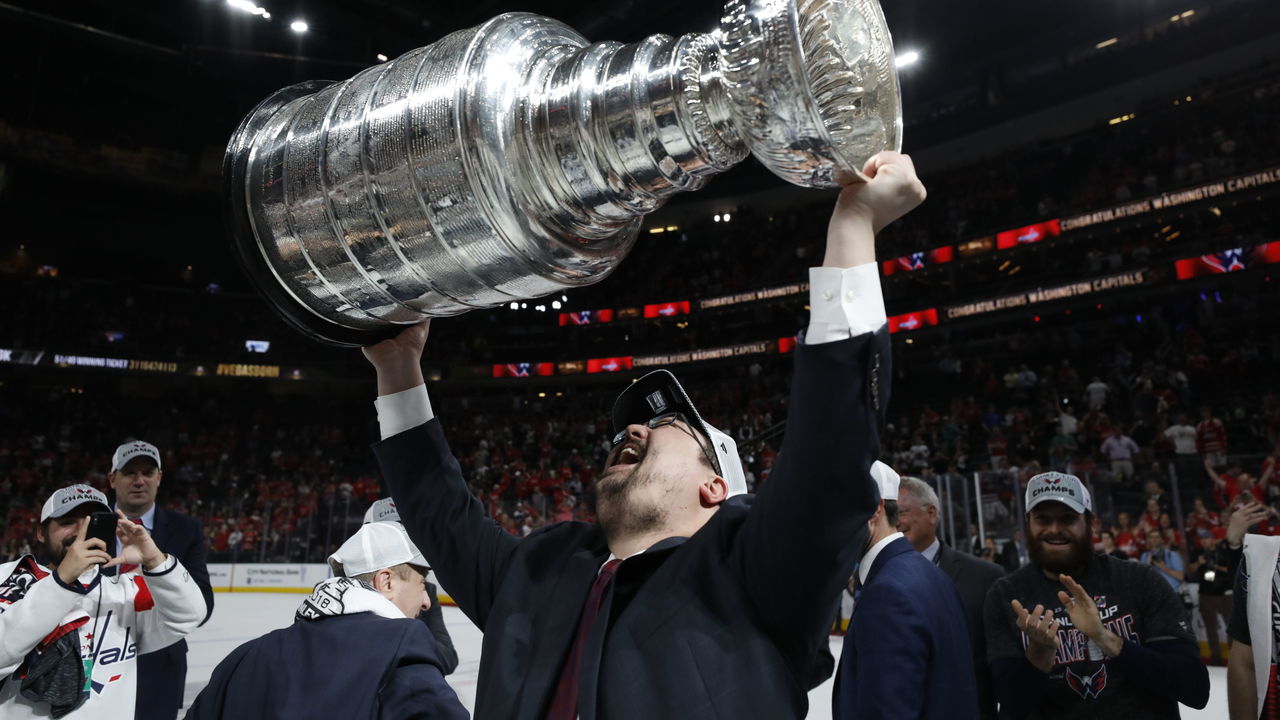
Working in hockey, never mind the NHL, wasn't a part of Ohashi's original plan.
He studied mathematics and psychology at Bates, and then education at Brown University. Everything was on schedule until a serious back problem forced him to take a leave from school around 2013. While recovering from surgery at his parents' home in Bethesda, Maryland, Ohashi had plenty of time to ponder his future. He soon realized teaching middle schoolers math wasn't an ideal long-term fit, so he shifted his attention to mapping out a way to make a living out a lifelong passion - sports. He enrolled in a sports management program at Georgetown University and was instantly hooked.
Ohashi applied for internships in multiple departments with his favorite team, the Washington Capitals. Video coach Brett Leonhardt was looking for help, and Ohashi won him over. He then impressed head coach Barry Trotz enough during the internship to slide into a full-time video analyst job in 2015-16 and kept it for four additional seasons.
Those entry-level years with the Caps were formative for Ohashi, who, according to Trotz, "just kept growing and growing" alongside Leonhardt. "Tim's very, very bright, very organized, and he's a forward thinker," the coach said.
Trotz - who left Washington following its 2018 Stanley Cup run to coach the New York Islanders - singles out Ohashi's analytical brain. "He did a really good job thinking out of the box. Timmy, to me, was almost like Radar (O'Reilly) in M*A*S*H," Trotz said, referring to the exceptionally smart and intuitive character in the iconic TV show. "You'd have something in your mind or you'd start to talk about something and then you'd say, 'Timmy, can you pull up …' And he'd go, 'It's right here. I got it. It's right in front of ya.'"
Leonhardt himself called Ohashi "the smartest processor of information I know" back in 2016.
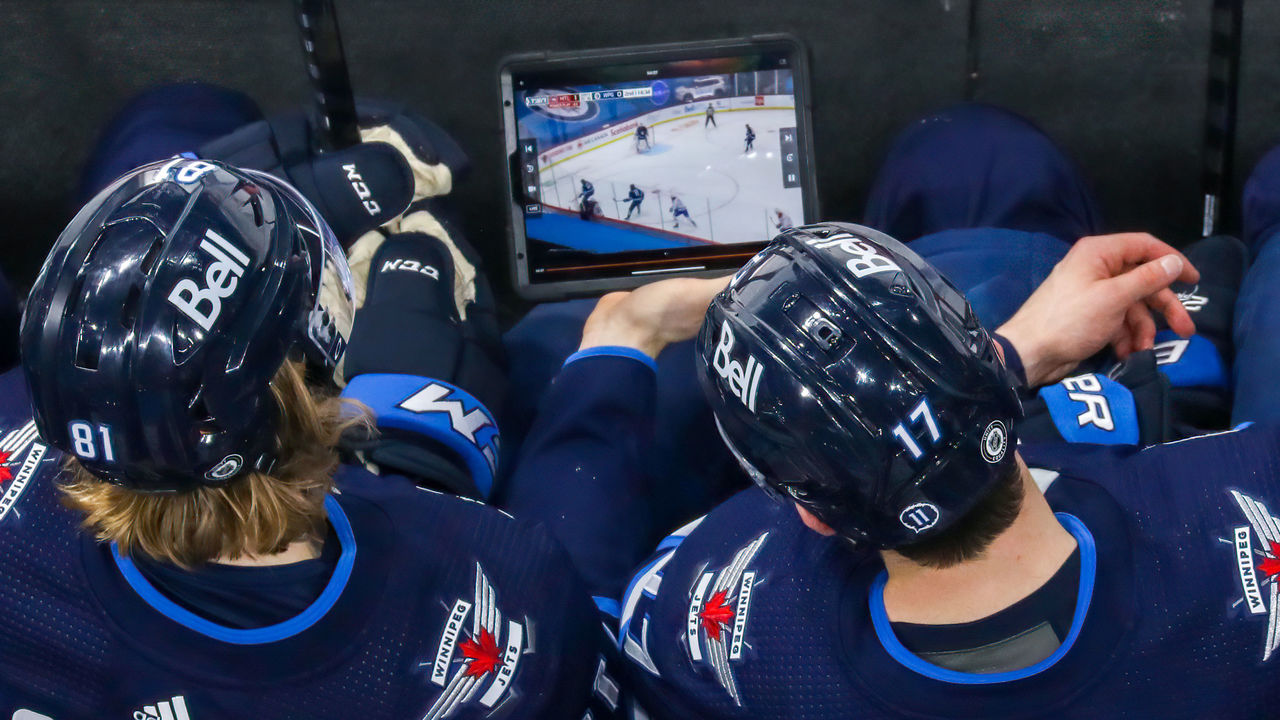
Video coaches/analysts are mostly invisible to fans, but they have a sizeable impact on the win-loss record for NHL teams. Among other duties, they help with coach's challenges, participate in or lead a variety of meetings, and generally collaborate with the coaching, managing, scouting, and analytics staff.
Ohashi's background in math, psychology, and education proved to be advantageous in the Caps' dressing room. He felt at ease running video sessions for large groups of players, even though not everyone's first language was English and not everyone's preferred learning style was visual.
"Being a video coach, outside of the analyzing hockey part, is teaching," Ohashi said. "At the end of the day, you're in a room, you're using a screen, a TV, a board, and you're teaching a group of people. That's your class.
"Nobody enjoyed a teacher that did the same lesson every time in the exact same way," he added later. "It just gets stale and old and maybe it works for some of the kids in the class but it doesn't work for everybody. I try to take the approach of, video's great, and I love video, but words are great, text (is great). Let's try and give the players information in as many ways as possible."
Ohashi has been described as the kind of person who never seems to have a bad day at the rink - which helps explain why he and Caps forward Tom Wilson became friends during his internship season and remain in touch.
"People that I've worked with would certainly say I like to keep things pretty loose and I like to joke around," Ohashi said. "But, when it comes to game time, there's nobody who likes to win more than I do, and it's all business then."
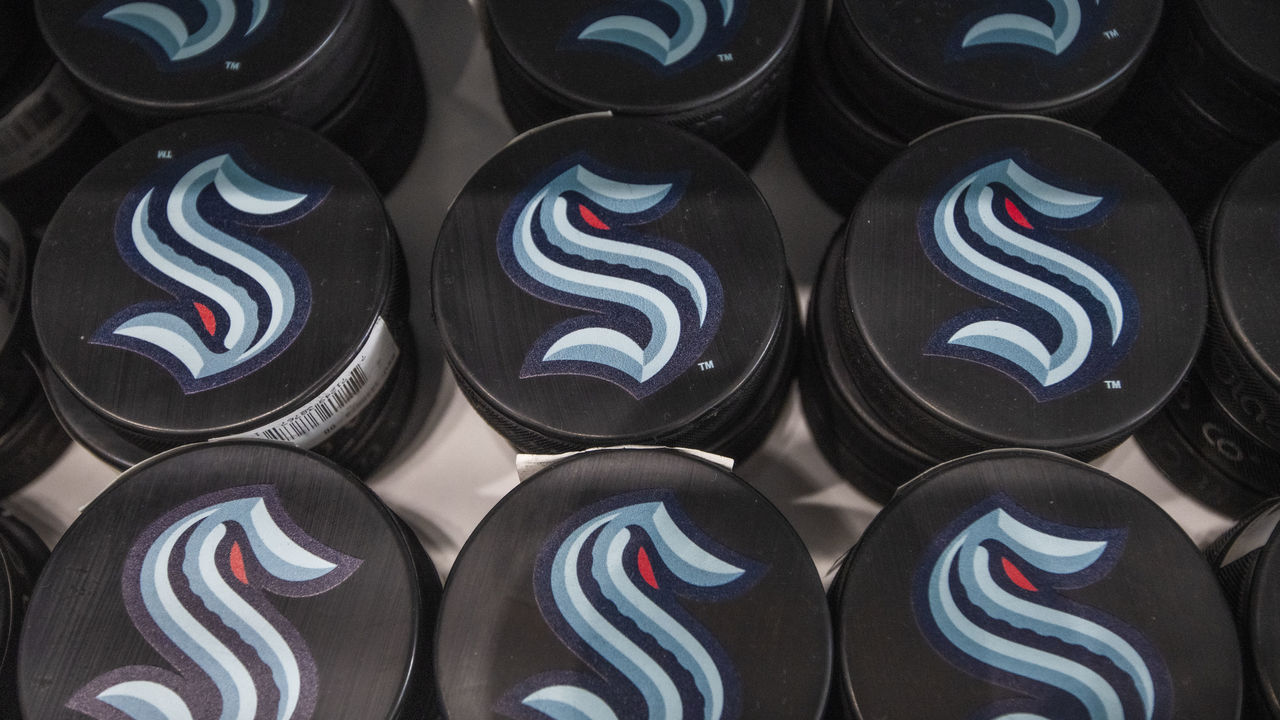
With no players, coaches, or games, life in Seattle has been a tad strange for Ohashi. The typical daily grind, where you feel every win and loss, is absent. He's instead adopted a "three-pronged" approach to begin his Kraken tenure.
For one, he's scouting teams across the NHL to build up Seattle's database of video footage. When the head coach arrives - presumably shortly after the 2020-21 season finishes - Ohashi wants him to be equipped with, say, the latest power-play clips of Seattle's Pacific Division rival San Jose Sharks.
Ohashi is also working closely with the Kraken's five-person research and development team. He attends weekly meetings and contributes to big-picture data projects. Right now, the bulk of the R&D group's focus is on the immensely important expansion and amateur drafts scheduled for mid-July.
"Where Tim provides so much value, in addition to being able to support analysis with video, is that he knows the game so well. He knows the X's and O's," said Alexandra Mandrycky, the Kraken's director of hockey strategy and research. "When we say something like, 'Oh, we think this player is poor defensively,' he can go to the video and try to figure out, well, is it a team system thing? Is it a player style thing? What's actually happening in those micro events? Maybe there's a reason we have a player rated poorly, but maybe he's not actually as bad as we think?"
The third prong is less about hockey and more about business. Expansion teams are gifted a blank canvas with no fixed culture or best practices. In Ohashi's world, this means significantly reducing the amount of paper used in hockey ops by digitalizing all stats packs; identifying the most appropriate locations for video rooms and TV screens inside the club's practice facility and home rink; choosing the proper video software partners and services. Some of it is minutiae, Ohashi notes, while other decisions are critical.
The opportunity to help build a foundation was a huge selling point.
"Coming into an expansion team, you're not set in older ways," he said. "Nothing drives me crazier than being told, 'That's how it's always been done.' That's not really an answer on why something's done. If there's a better way to do things, let's do it that way. And we don't have those barriers."
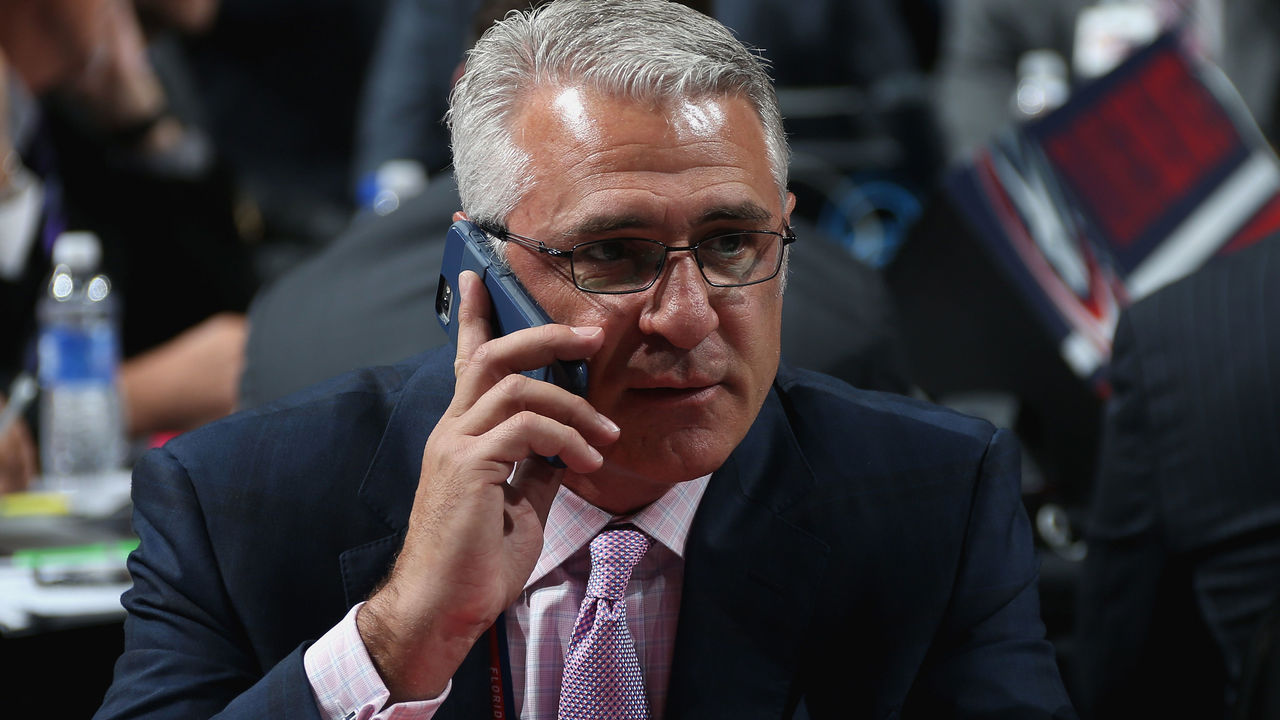
Ohashi's responsibilities will switch from the macro to the micro soon enough. Next season he and a yet-to-be-hired second video person will be tethered to the coaching staff, producing game reviews and pre-scouts, running off-day and intermission meetings, and, if the head coach operates like Trotz, deciding whether to challenge offside and goalie interference calls.
"It will be up to that person to decide if they want to be the one who's ultimately deciding whether to challenge or not. I'll be helping queue up the replays, if nothing else," Ohashi explained, before joking, "if we get (the challenges) wrong, though, we can say I'm not involved."
As NHL teams have warmed up to advanced statistical analysis over the past decade or so, there has been a greater need for a conduit between the coaches and front office. Ohashi - whose depth of knowledge includes equal emphasis on the eye test and analytics - will be a buffer for Seattle in a manner similar to Lee Stempniak in Arizona. The former NHL winger was hired by the Coyotes in January as the team's hockey data strategist, or official "liaison."
There's a competitive advantage to be gained if all members of an NHL team's hockey ops department are on the same page - from the old-school scouts to the new-school analysts.
"It seems like there's some places where coaching and management and analytics are all on the same team but not really working together, and that's something we're trying to avoid here," Ohashi said. "We have these great resources, this great brain power. How do we leverage it to help ourselves? How can, ultimately, (the research and development arm) make our lives easier and vice versa? Because we both bring something valuable to the table, and it's even more so if we can find a way to intertwine and connect."
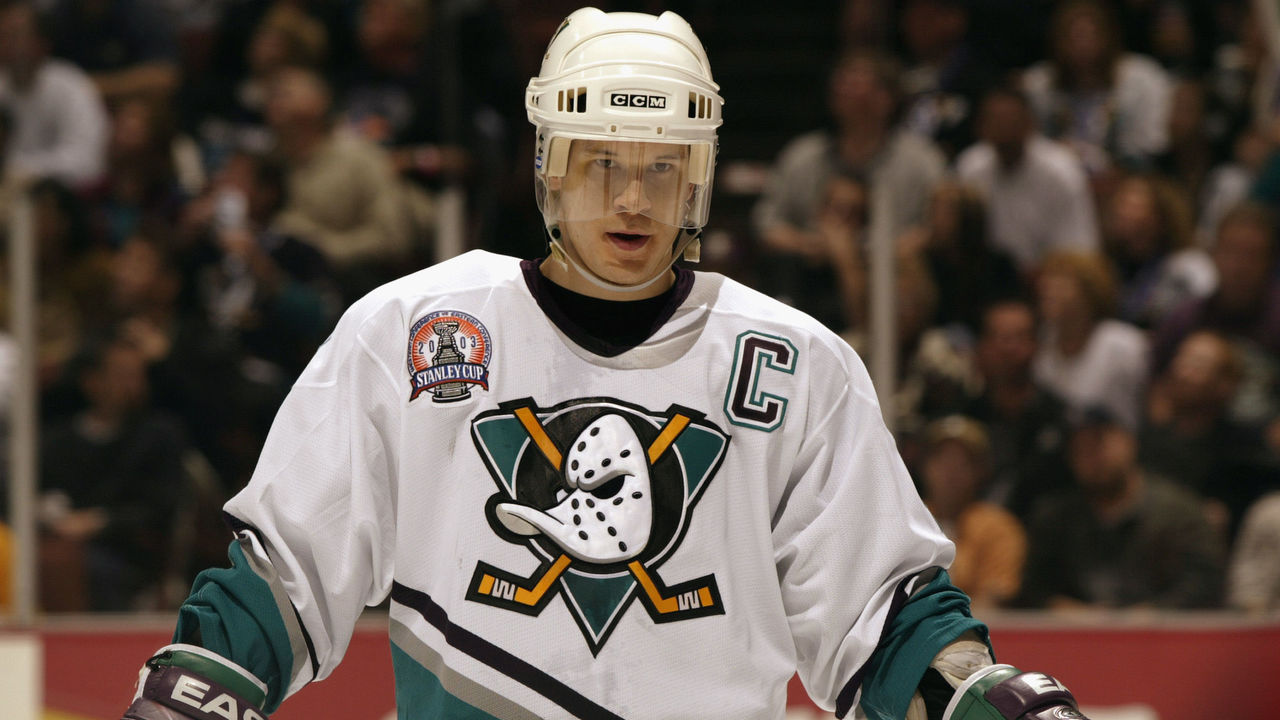
Ohashi has recently seen an uptick in unsolicited emails from people who aspire to work in the NHL. Some reach out because they've watched him climb the sport's ranks without high-level playing experience or connections to the establishment. Others ping him because they see representation.
Ohashi is biracial. His dad, who became a cult hero among Caps fans, was born and raised in Japan, while his mom, who's from the Boston area, is white. Growing up in the 1990s, Ohashi admired Paul Kariya, the electric Japanese-Canadian forward who was inducted into the Hall of Fame in 2017.
"It helped normalize that, hey, I could belong in this circle or I could play this sport and it's not weird," Ohashi said of Kariya's heavy influence on his love for hockey. "Because I certainly heard that growing up. Sort of, 'Why do you play a white person's sport?' Or, 'You should be playing baseball.' Or, 'You should be doing math.' As ridiculous as those statements sound, they're real things that I heard on the playground and on the sports fields."
There's a lack of diversity in hockey and elsewhere in the sports world. Ohashi was encouraged by the Miami Marlins' decision to hire Kim Ng as their new GM last November. Then again, he isn't willing to take a victory lap yet.
"I followed in the footsteps of others and other people are now following in those footsteps and hopefully it continues to grow to a point where it's not a novelty, so to speak, and it's just normal," he said. "Certainly there's a lot of people of color and women who are qualified to work in roles - whether it's coaching, management, analytics, training, anything - there's no reason you couldn't and shouldn't have more diversity within the game. There's been some good steps forward and I think there's a lot of work left to be done."
John Matisz is theScore's senior hockey writer. You can follow John on Twitter (@MatiszJohn) and contact him via email (john.matisz@thescore.com).
Copyright © 2021 Score Media Ventures Inc. All rights reserved. Certain content reproduced under license.